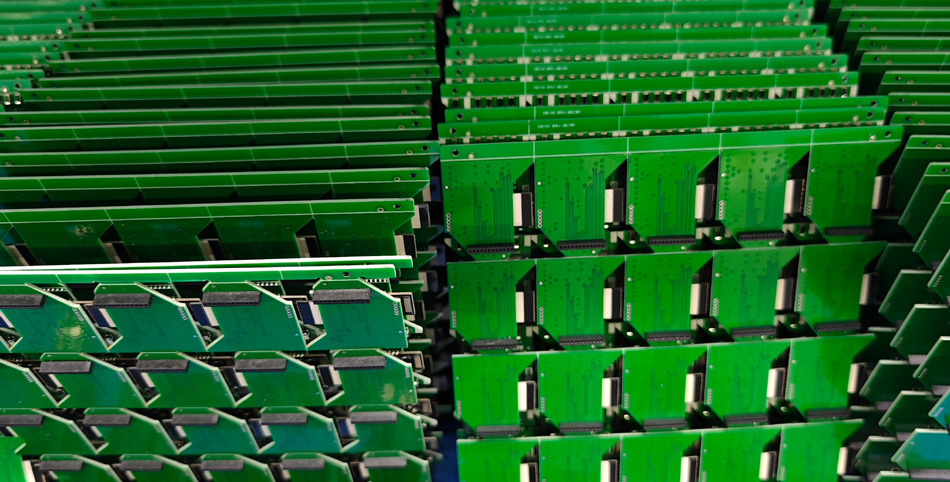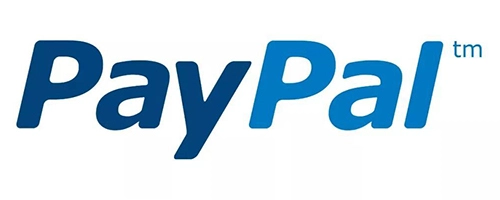- English
- Español
- Português
- русский
- Français
- 日本語
- Deutsch
- tiếng Việt
- Italiano
- Nederlands
- ภาษาไทย
- Polski
- 한국어
- Svenska
- magyar
- Malay
- বাংলা ভাষার
- Dansk
- Suomi
- हिन्दी
- Pilipino
- Türkçe
- Gaeilge
- العربية
- Indonesia
- Norsk
- تمل
- český
- ελληνικά
- український
- Javanese
- فارسی
- தமிழ்
- తెలుగు
- नेपाली
- Burmese
- български
- ລາວ
- Latine
- Қазақша
- Euskal
- Azərbaycan
- Slovenský jazyk
- Македонски
- Lietuvos
- Eesti Keel
- Română
- Slovenski
- मराठी
- Srpski језик
How can lean manufacturing reduce PCBA processing costs?
2025-10-17
In the fiercely competitive electronics manufacturing industry, cost reduction is a major challenge facing PCBA (Printed Circuit Board Assembly) manufacturers. Lean manufacturing, as a highly effective management concept, can effectively reduce production costs by eliminating waste and optimizing processes. This article will explore how lean manufacturing can achieve cost reduction in PCBA processing.

1. Understanding the Core Concepts of Lean Manufacturing
Eliminating Waste
The core concept of lean manufacturing is to eliminate all non-value-added activities, including overproduction, inventory, waiting, transportation, processing, mobilization, and defects. By identifying and eliminating these wastes, companies can reduce costs and improve efficiency without compromising quality.
Continuous Improvement
Lean manufacturing emphasizes continuous improvement (kaizen), requiring employees to actively participate in their daily work by identifying problems and proposing improvements. This culture not only enhances employee engagement but also enables incremental reductions in production costs through small, incremental steps.
2. Steps to Implementing Lean Manufacturing
Process Analysis and Optimization
Perform a comprehensive analysis of the PCBA processing process to identify bottlenecks and waste at each stage. Graphical flowcharts clearly demonstrate the efficiency and effectiveness of each link. Based on identified issues, process redesign is conducted to optimize each link's working methods and ensure a smooth and efficient production process.
Adopting Standardized Work
Standardized work is a key tool for achieving lean production. By establishing detailed work standards and work guidelines, each employee is ensured to perform the same work under the same conditions. Standardization not only improves production efficiency but also reduces defects caused by improper operation, thereby reducing rework and scrap costs.
Introducing Cellular Production
Cellular production breaks down the production process into multiple independent work units. Each unit is responsible for a specific production task. This approach increases production flexibility, reduces product waiting time between processes, and thus reduces production cycle time and costs.
3. Strengthening Employee Training and Participation
Regular Training
Providing regular employee training on lean production concepts and skills can enhance employee professionalism and engagement. Enabling employees to understand the core values of lean production and how to apply lean thinking in their daily work can effectively promote improved production efficiency.
Incentive Mechanism
Establish an incentive mechanism to encourage employees to propose improvements and participate in lean production practices. Through a reward system, enhance employee motivation and creativity, making them active participants in cost reduction.
4. Data-Driven Decision-Making
Introducing Information Technology
Use information technology tools, such as manufacturing execution systems (MES) and enterprise resource planning (ERP) systems, to monitor production progress and resource usage in real time. Through data analysis, companies can promptly identify problems and make adjustments to ensure optimal resource utilization and reduce unnecessary costs.
Performance Evaluation
Regularly evaluate production performance, analyze the composition of various costs, and identify weaknesses in cost control. Through data-driven decision-making, companies can continuously improve production processes and reduce overall production costs.
Conclusion
By implementing lean production, PCBA manufacturers can effectively reduce production costs and enhance their competitiveness. Eliminating waste, continuous improvement, standardizing operations, strengthening employee training, and data-driven decision-making are all important steps in achieving lean production. With intensifying industry competition, companies must continuously explore the potential of lean production to achieve greater breakthroughs in cost control and production efficiency, thereby promoting sustainable development.
-
Delivery Service






-
Payment Options









